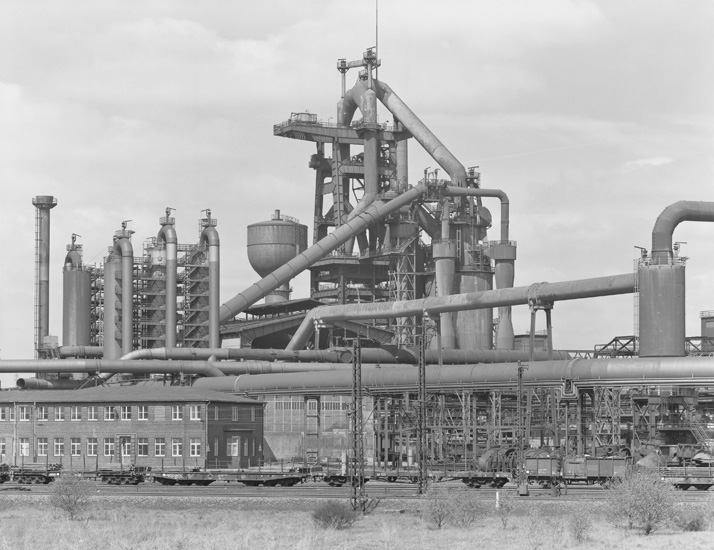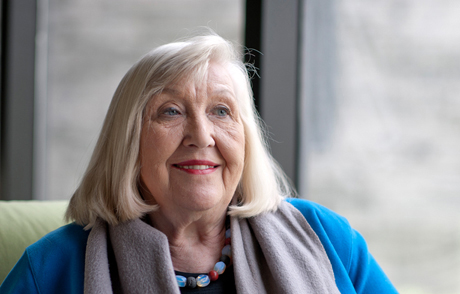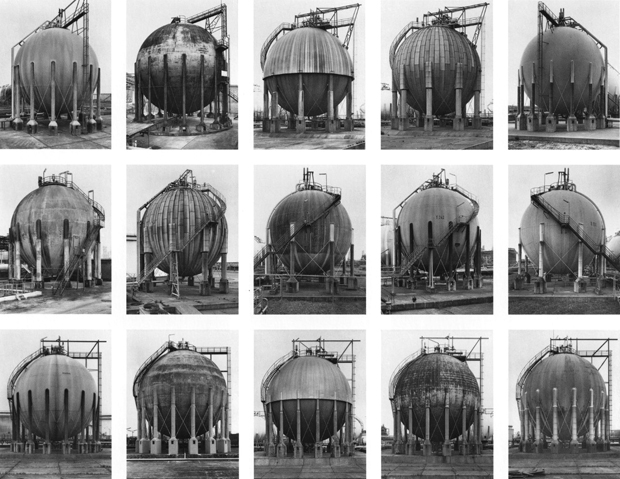
Remembering Hilla Becher
Following her death on Sunday we look back at the German photographer's artistic and academic legacy
When we discuss this or that ‘school’ of artists, we are often describing a group of painters or sculptors who share a certain style, though not necessarily a common pedagogic route.
The Becher or Düsseldorf School of photography is distinct in this stricter sense, since the large-scale, technically accomplished photographs of Andreas Gursky, Candida Höfer, Thomas Struth and co. all share stylistic qualities thanks in part to their time spent under the tutelage of Bernd and Hilla Becher.
The German husband and wife duo were as well known for their crisp, black and white photographs of blast furnaces, coke ovens, and other industrial facilities, as well as their academic legacy, which saw them influence an entire generation of world class, fine-art photographers, as teachers at the Kunstakademie Düsseldorf, from 1976 until 1996. Bernd passed away in 2007, and, it is with some sadness that we learned that Hilla died last Sunday, October 10 in Düsseldorf, at the age of 81.

Just what was it about their art that enabled them to produce such a substantial body of work, and influence so successful a student body? Perhaps it was the way in which they were able to combine a documentary-level of accuracy and fidelity, with a fine artist’s sense of doubt, strangeness and curiosity. The pictures would look equally at home in a survey of minimalism or concept art, as they would in a Time magazine story about the steel and coalfields of the Ruhr valley.
As Ian Jeffrey explains in The Photography Book, “The Bechers’ influence, especially in Germany, stems from their astute choice of topics, which have just enough documentary interest to give the viewer a need to pause for thought.”

The couple sometimes referred to their subjects as ‘anonymous sculptures’, and this ability to find beauty and mystery in these unlikely sources surely sets them apart.
“The Bechers’ subjects refer to industry or sometimes to logistics,” Jeffrey writes “They also invoke the passage of time, for all industrial plants have their day. Many of their installations, taken in an impassive light, look as if they have come to a standstill.”
For greater insight into Bernd and Hilla’s place within a wider photographic tradition buy a copy of The Photography Book; and for a clearer sense of their place within architectural photography, get Shooting Space.